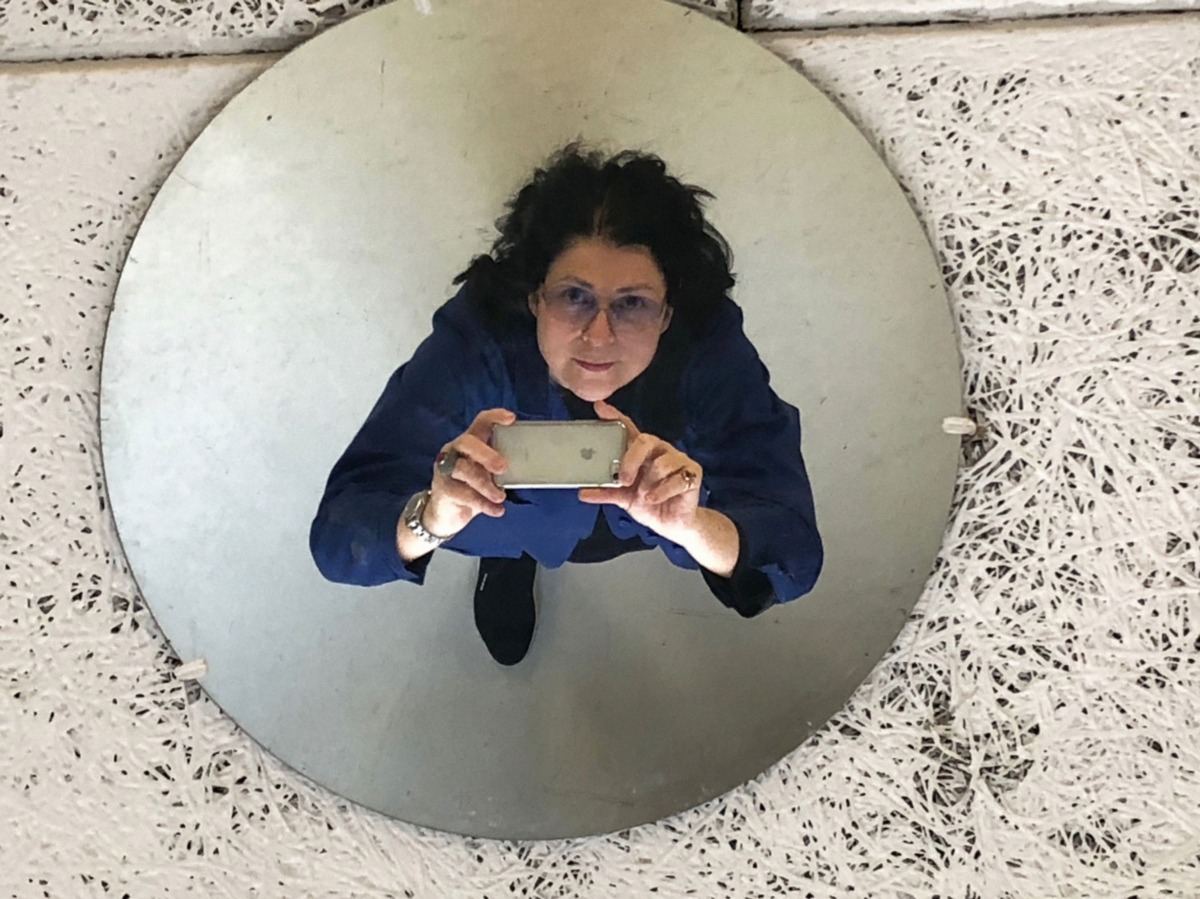
What artists are doing now. Eva Schlegel in Vienna
An inspiration and mutual solidarity project for the creative industries
In the current situation, clearly our top priority is to take care of our families, friends and fellow citizens. Nevertheless, while public life is paralyzed and museums, galleries and cultural institutions are closed, in many of us neither the urge to work nor the creative spark have disappeared. In fact, quite the opposite is happening in what is turning out to be a time that befits self-reflection and the generation of new ideas for the future. Although we are at home and self-isolating, we all – artists, creatives and Arterritory.com – continue to work, think and feel. As a sort of gesture of inspiration and ‘remote’ mutual solidarity, we have launched the project titled 'What Artists Are Doing Now', with the aim of showing and affirming that neither life nor creative energy are coming to a stop during this crisis. We have invited artists from all over the world to send us a short video or photo story illustrating what they are doing, what they are thinking, and how they are feeling during this time of crisis and self-isolation. All artist stories will be published on Arterritory.com and on our Instagram and Facebook accounts. We at Arterritory.com are convinced that creativity and positive emotions are good for the immune system and just might help us better navigate through these difficult times.
From her studio in Vienna, Austrian artist Eva Schlegel answers a short questionnaire by Arterritory.com:
Are you working on any projects right now in your studio? If so, could you briefly describe them?
I am working on several different projects at the moment – the dragonfly, on top of Leopold Museum in the MuseumsQuartier (MQ) in Vienna, is almost finished. Others include a ‘cloudspace’, a pavilion of eight mirror ‘discs’ stuck into each other for a private museum; and an installation at a Kunstverein with two mirror labyrinths (each element is 4.5 metres high), the model of which is in the studio.
Besides that we are also working on a permanent sculpture with circular mirrors hanging from an excavator (the photos here show a temporary version of it during the occasion of the laying of the foundation stone for a building for homeless women). We want to bring the installation inside the building when it opens. My assistants and two architects were working together in the studio for this project, but the crisis has changed everything. Now we avoid being together in the studio; everyone is working from home and we discuss issues on the phone.
I am in the studio alone, and I also started drawing again, which I really enjoy.
What is your recipe for survival in a time of almost only bad news?
As long as the crisis lasts, keep the enemy at bay with calmness; for many people it is not so easy to control their aggressions (as a result of fear) for such an extensive time!
As an artist, it’s easier – I have my studio space to myself, and now I once again have the time for experimenting with different media forms and ideas.
When your time is usually regulated by timelines and deadlines, the current situation provides, once again, space for ideas, concepts and reading...which I am enjoying.
What is something that we all (each of us, personally) could do to make the world a better place when this disaster comes to an end? It is clear that the world will no longer be the same again, but at the same time...there is a kind of magic in every new beginning.
In this crisis state, we have coordinated aid programmes for everyone: artists, smaller businesses, and larger companies. It is interesting: we have a very liberal – rather right-oriented – government, which actually dramatically cut down social programmes before the crisis, but now they are allocating a lot of money to support all the people. Maybe what we understand as ‘the state’ will change – that we are all part of it and we have to, and want to, share (tax money) in times like this; it may hopefully create another understanding of democracy.
Eva Schlegel. In the studio
Eva Schlegel. In the studio
Eva Schlegel. In the studio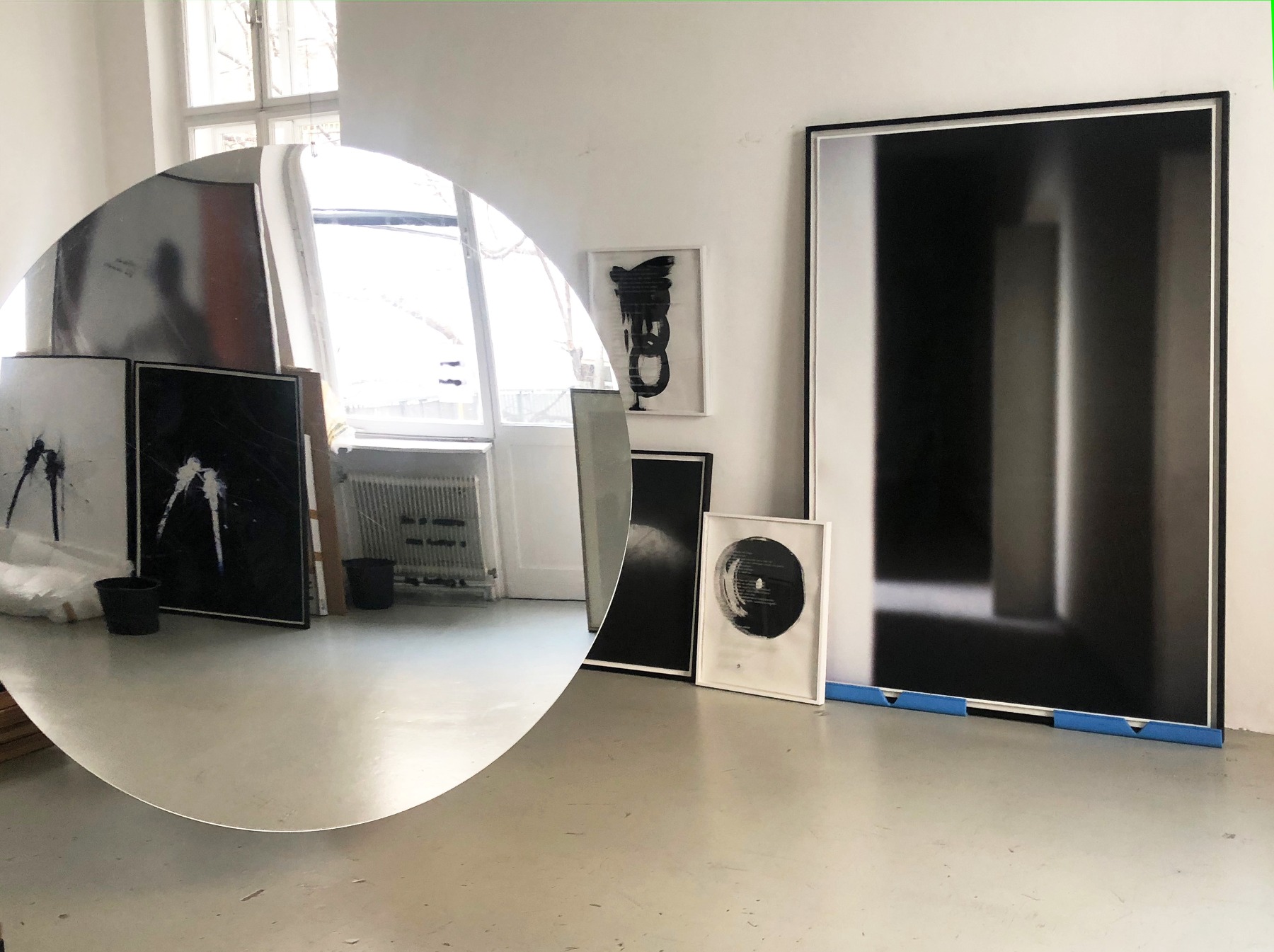
Eva Schlegel. In the studio
Eva Schlegel. In the studio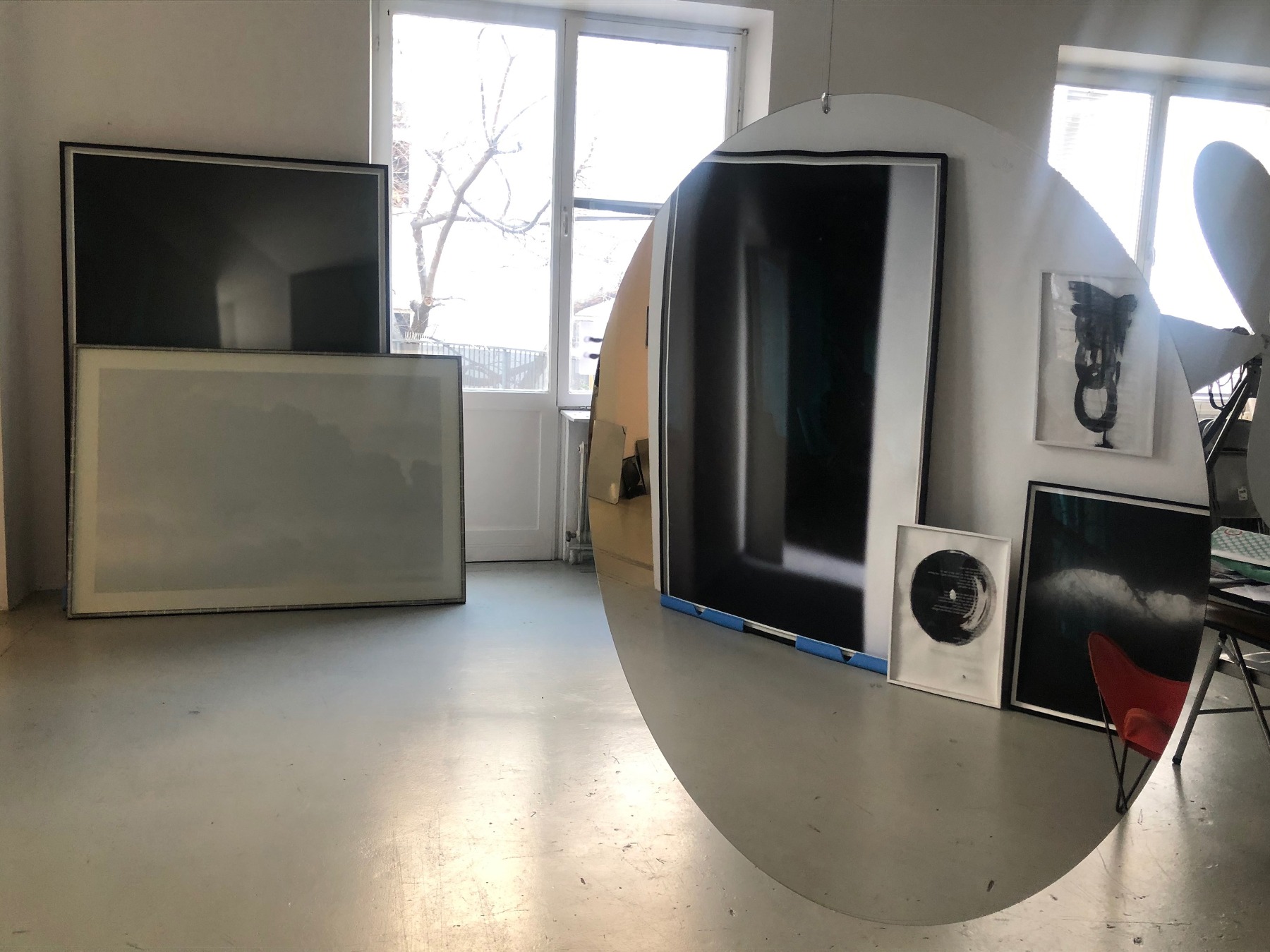
Eva Schlegel. In the studio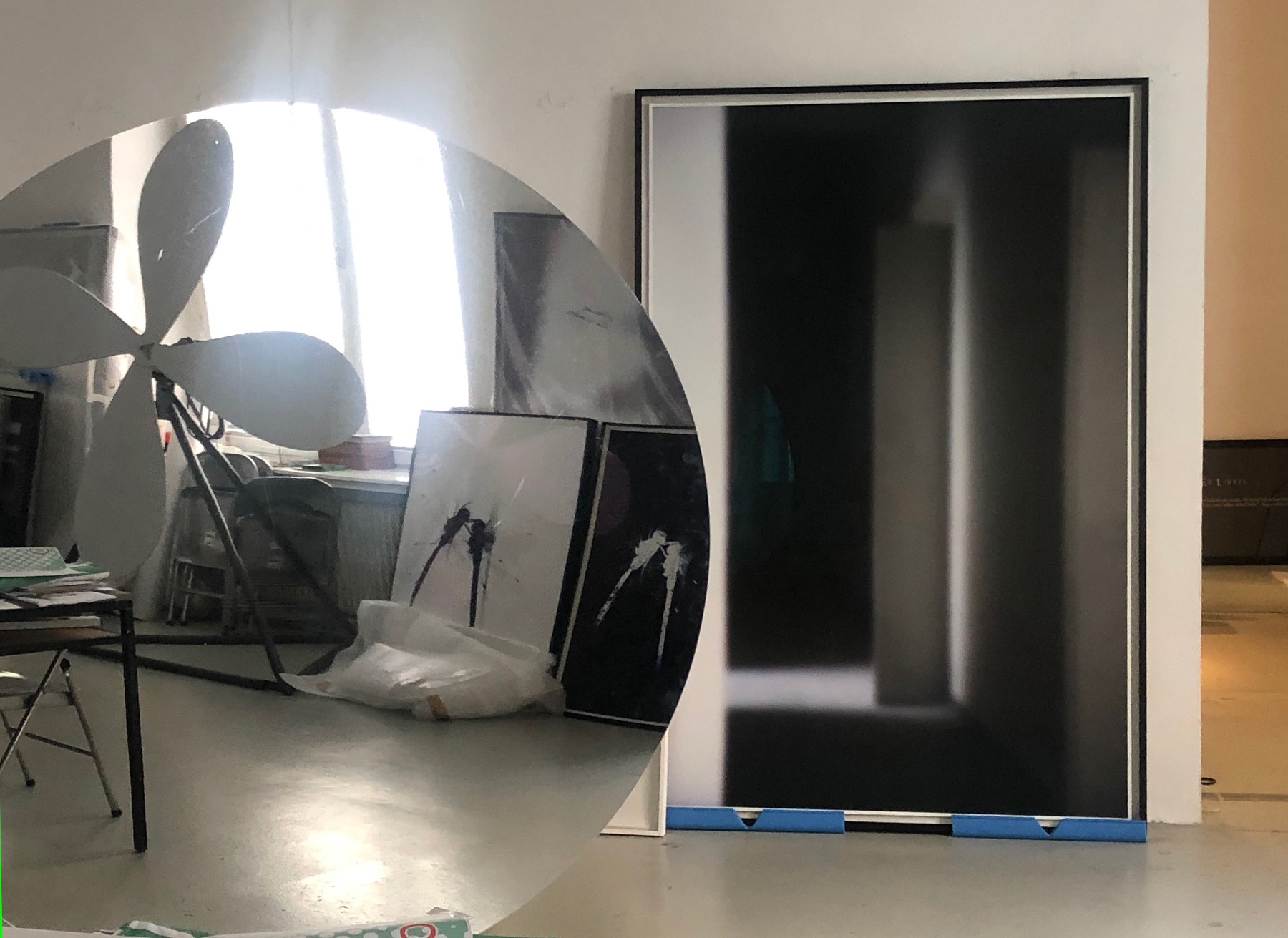
Eva Schlegel. In the studio
Eva Schlegel. In the studio
Eva Schlegel. In the studio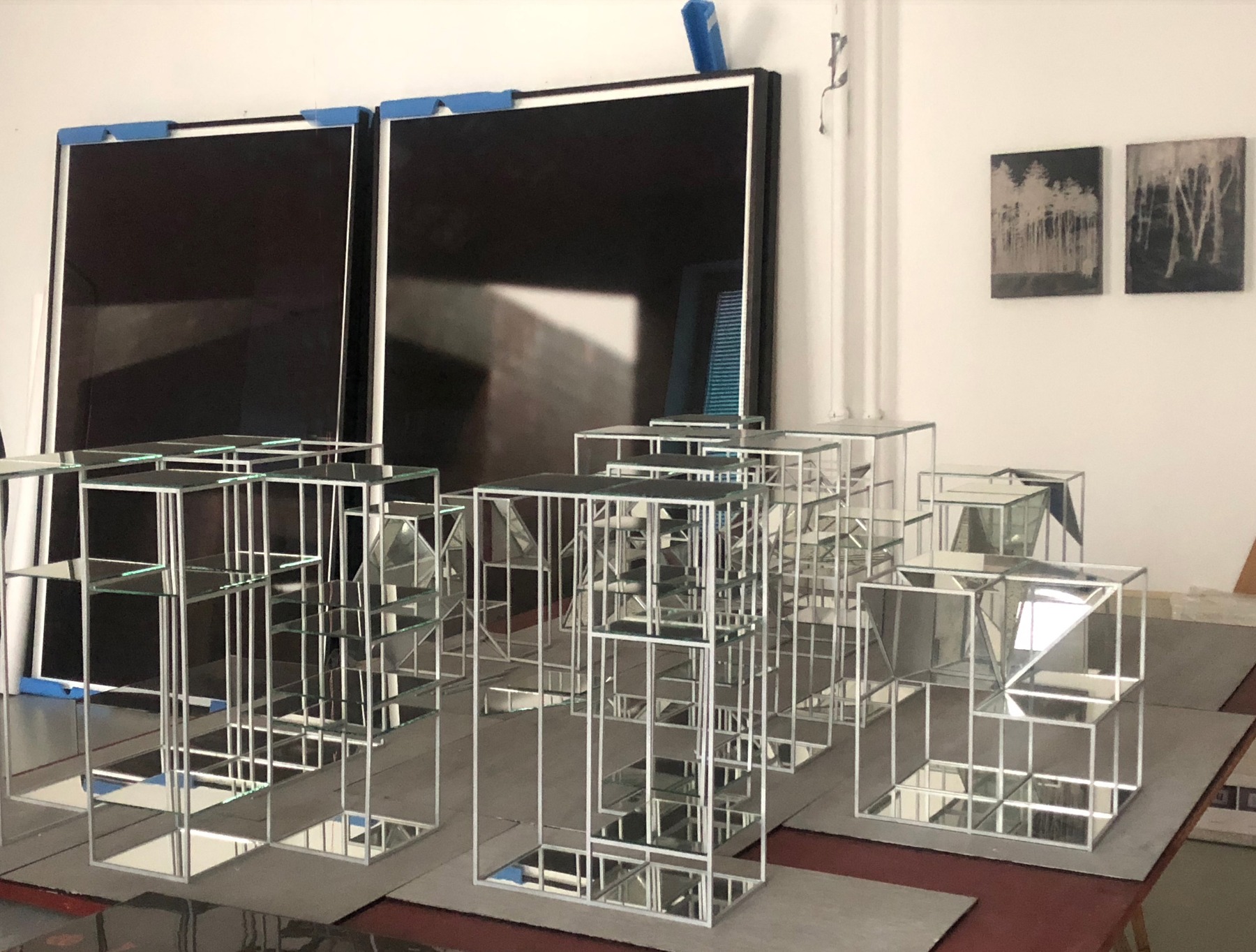
Eva Schlegel. Cloudspace, 2019. ©RFurian
Eva Schlegel. Cloudspace, 2019. ©RFurian
Eva Schlegel. o.T. (mirrors on digger), installation views, 2019.
Eva Schlegel. o.T. (mirrors on digger), installation views, 2019.
The MQ Libelle, the new cultural terrace on the roof of the Leopold museum in Vienna, 2020. It's glass wall - MQ Dragonfly, is designed by Eva Schlegel.
©Bernhard Riff 
The MQ Libelle, the new cultural terrace on the roof of the Leopold museum in Vienna, 2020. It's glass wall - MQ Dragonfly, is designed by Eva Schlegel.
©Bernhard Riff 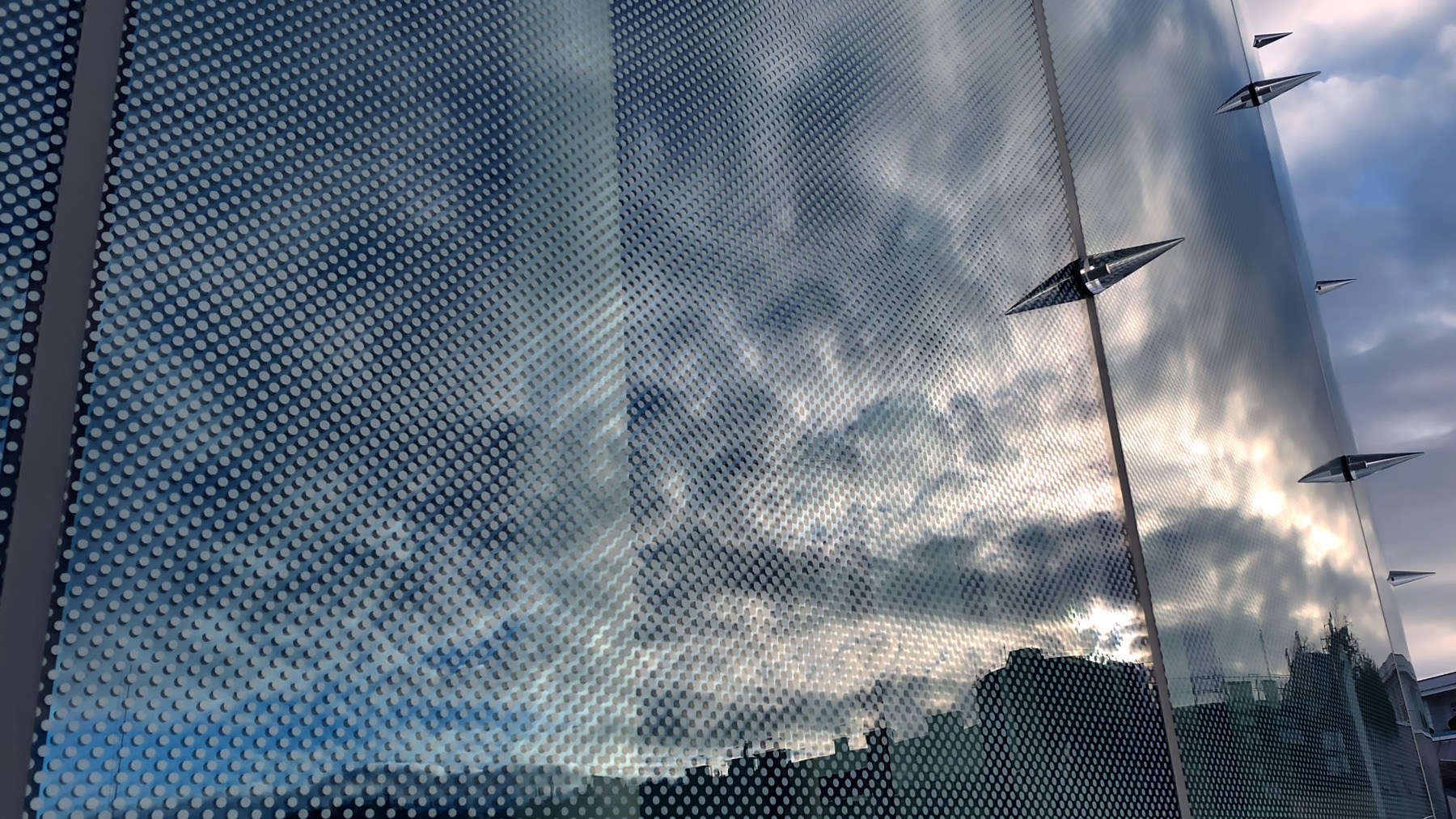
Eva Schlegel.
Photo: Udo Titz
***
The Austrian artist Eva Schlegel (b. 1960) works in many different media: photography, objects, installations, glass and lead. The artist questions the limits of perception of common viewing habits. Since 1995, Eva Schlegel has completed numerous public art projects in Austria and abroad.
Schlegel’s work has been collected by over 40 major institutions, including: the Albertina Collection, Vienna, Austria; Museum of Contemporary Art, Chicago, IL; Museum of Modern Art, Vienna, Austria; Norton Museum of Art, Miami, FL; Ferdinandeum, Innsbruck, Austria; New York Public Library, New York, NY; and TEUTLOFF PHOTO + VIDEO COLLECTION, Bielefeld, Germany.
Schlegel’s work has been the subject of numerous solo and group exhibitions throughout the world, including: at the Austrian Pavilion, Venice Biennale, in cooperation with Coop Himmelb(l)au, Venice, Italy; Sydney Biennale, Australia; the New Museum of Contemporary Art, New York, NY; Kochi-Muziris Biennale, Kochi, India; Holbaek Art Festival, Holbaek, Denmark; Museum of Natural History, Vienna, Austria; Höhenrausch 16; OK Centrum, Linz, Austria; Galerie 422, Gmunden, Austria; Winterpalais, Vienna, Austria; Galerie Krinzinger, Vienna, Austria; Photobiennale, Ekaternia Foundation, Multimedia Art Museum Moscow, Russia; Salzburger Festspiele, Salzburg, Austria; Galleri Bo Bjerggaard, Copenhagen, Denmark; GALLERYSKE, Bangalore, India; Museum for Applied Arts, Vienna, Austria; China International Gallery Exhibition, Beijing, China; Galerie CUC, Berlin, Germany; Museum Ostwall, Dortmund, Germany; Mak Center for Art and Architecture, Los Angeles, CA; and at the Galerie im Taxispalais, Innsbruck, Austria.